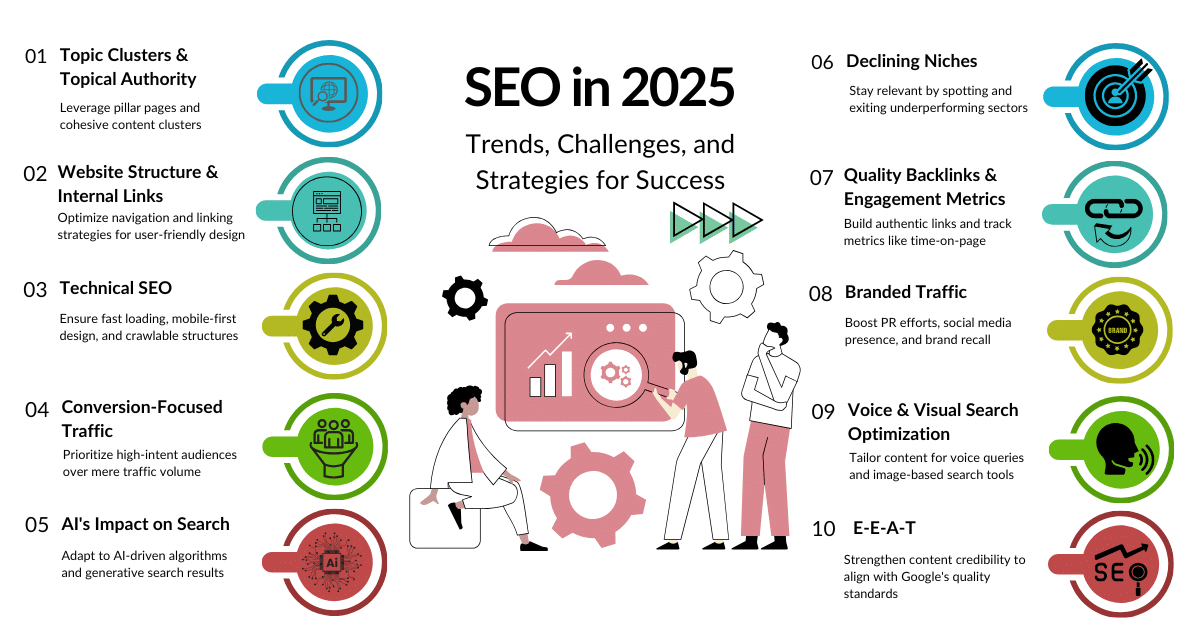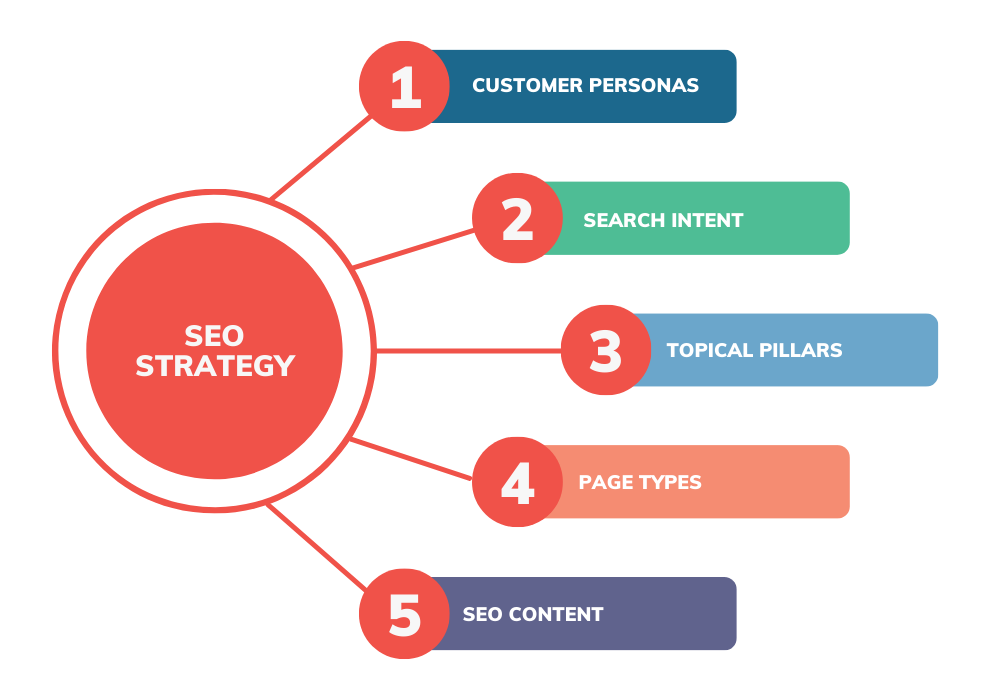Day 0-1: Fix the technical baseline.
Aim: To make it crawler-friendly, make indexing faster, and tune page speed/UX.
- Add GSC and Bing Webmaster, submit the XML sitemap, and check robots.txt for blocks.
- Ensure proper canonicalization and 301 redirects for www versus non-www, convert http to https, and standardize the use of trailing slashes consistently.
- To speed up indexing, use GSC’s URL Inspection tool to request indexing for the home page, top category, top 10 landing pages, and any new content.
Core Web Vitals Quick Correction
- Images should be in WebP or AVIF format, have a maximum size of 150 KB, and include width and height attributes.
- Critical CSS inline, CSS/JS minify, and offscreen image lazy load.
- Turn on CDN + server caching headers (cache-control, etag).
- Ensure proper error handling by redirecting 404 errors to 301, addressing 5xx errors, maintaining mobile usability, and validating structured data.
Note: The Google Indexing API only supports jobs/live streams, not generic pages.
Day 2-3: Win on-page and snippets
Goal: To get a clickable title/description in the SERP and rich results with the FAQ.
- Meta Title Formula: Keywords | Major Benefits | Brand
- Example: Waist-to-Hip Ratio Calculator | Quick Calculation and Risk Guide | YourBrand
- The meta description should be 155 characters or fewer and include a solution to the problem, an advantage, and a call to action (CTA).
- Direct answer in 40-60 words on the AEO block (Featured Snippet Target) + 3-5 steps.
- Heading architecture: H1 = primary; H2 = how/why/FAQ; H3 = step/example.
- Increase the chances of rich results by adding the FAQ schema and the breadcrumb/webpage schema.
- E-E-A-T development: Author bio, “Last updated,” source/reference, and clear disclaimer.
Day 3-7: Content Sprint (Cluster-First)
Aim: Create/refresh high-intent pages—including AEO-friendly, in-depth, and UX.
Pillar + Subtopics
- Pillar: The main service/tool (e.g., calculator/product category).
- Sub-topics include How-to guides, Comparisons (versus), Misunderstandings, Checklists, and Case Studies/Use Cases.
Obligatory blocks for each page
- AEO lead of 40-60 words
- Step-by-step use/process
- Table/List (quickly scannable)
- 6-10 FAQs
- CTA (demo/contact/download)
- Privacy note (if there is a tool/form)
Internal Linking 3-in/3-out rule: Each page should have ≥ 3 inbound and ≥ 3 outbound internal links.
Content refresh (Top 10): 15–25% new info/data, better visuals, and new subheadings.
Thin/Duplicate Merge: Consolidate topic authority by canonizing/301.
Day 7-14: Local and Authority Signals
Goals: Brand trust, citations, reviews, quality backlinks—boost “off-page” in less time.
Google Business Profile (GBP)
- Primary Category + 2-3 Secondary, Service Area, NAP Exact Match.
- 10–15 live photos/videos, 3–5 “Products/Services,” and 2–3 posts a week.
- Review Velocity: 5–10 new reviews (send SMS/WA templates).
Citation
- Top Directory + Niche/Industry.
- NAP must be 100% consistent.
Quick link-building
- Case study/testimonial exchange at a partner/supplier site
- Guest notes/FAQ round-up on blog
- PR micro-feature (local newsletter/community)
Reshape internal links to connect the Pillar, Subpage, and Related Tools in a triangular format.
How to measure success (weekly dashboard)
- GSC: Impression/Click/CTR, Avg Position; Coverage – Valid/Excluded
- CWV: LCP < 2.5 s, CLS < 0.1, INP < 200 ms
- Top Page CTR: Target CTR ≥ 2% on top 20 keywords; tweak title/description A/B
- Local Metrics: GBP Views, Calls, Direction Requests, Review Velocity
- Conversion: CTA clicks, lead form submission, demo booking
Common Mistakes to Avoid
- Keyword stuffing, thin/spam content, PBN/low-quality links
- Excessive interstitials/pop-ups (hurt mobile CLS)
- Duplicate title/description, unnecessary tag/category bloat
Small checklist (keep it printed)
- GSC/Bing + Sitemap + Request Indexing
- WebP ≤ 150 KB + Lazy-load + Critical CSS
- 404 → 301, canonical standard
- AEO Lead + FAQ Schema + Breadcrumb
- 5–10 content sprints (3-in/3-out links)
- GBP + 10 reviews.
- Citation + 2–3 niche links
- KPI Review
FAQ (in short)
Q: What’s up in 7 days?
It can be raised—especially if the brand/long-tail, snippet/FAQ, and indexing are fixed. High-tech takes time.
Q: What’s content or technology first?
Before indexing/speed-blocker, then content sprint. Both are needed, but if there is a blocker, the result of the content will be blocked.
Q: How many pages are there?
5–10 high-intent pages are enough in the first sprint—Depth + FAQ + Schema.
End Note
Bringing up quick SEO results doesn’t mean “shortcuts”—but the right priorities. Remove the tech blocker, add snippet-ready content, add local/authority signals, and measure progress on the dashboard. If you follow this 14-day sprint playbook, you’ll see a visible movement in the Impressions → CTR → Rank, and from there the foundation for long-term growth will be laid.




